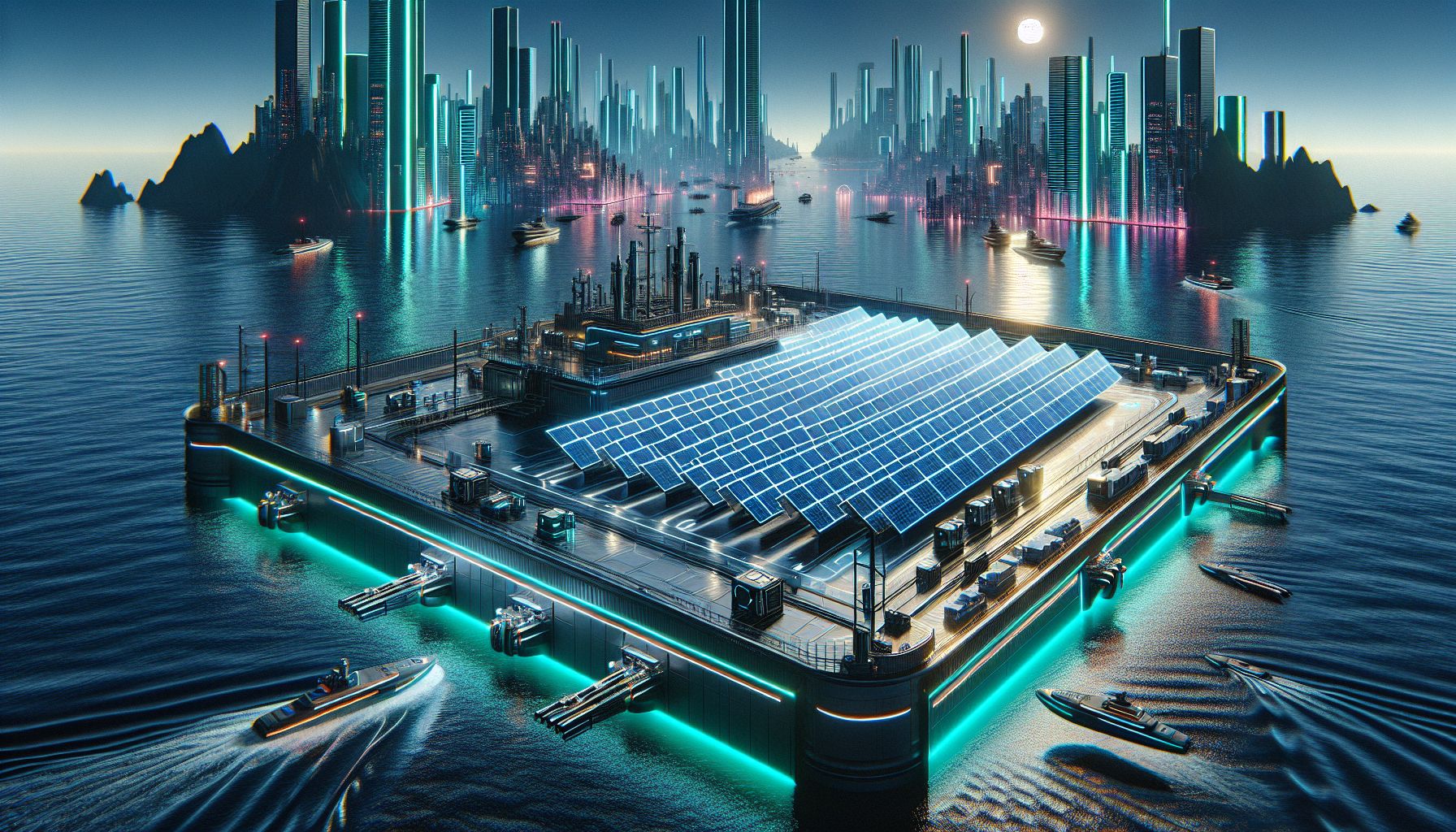China's Bold Leap: Harnessing Seawater for Green Hydrogen

China, Monday, 14 April 2025.
An experimental project in China uses a floating solar array to generate green hydrogen from seawater. This approach could transform hydrogen production, addressing freshwater scarcity challenges worldwide.
A Pioneering Approach to Hydrogen Production
In China, an experimental project is breaking new ground by using a floating solar array to produce green hydrogen directly from seawater. This initiative, powered by Sinopec, seeks to address the pressing issue of freshwater scarcity, which threatens the future of global hydrogen production [1].
The Innovative Process
Sinopec’s project utilizes direct seawater electrolysis, a method that bypasses the need for freshwater by using the abundant saline resources of the ocean. This is no small feat, as seawater’s salt and impurities pose significant challenges to conventional electrolytic equipment [1][2]. By deploying chlorine-resistant electrode technology, Sinopec hopes to mitigate these issues, ensuring both the durability and efficiency of the electrolysis process [1].
The Bigger Picture
Globally, the demand for green hydrogen is expected to rise sharply, potentially reaching 500 million metric tons annually by 2050 [1]. This demand translates to a need for 4.5 trillion litres of water, posing a significant challenge for regions already grappling with water scarcity. Innovations like Sinopec’s could offer a sustainable path forward [1].
Broadening Applications
Beyond seawater, Sinopec envisions expanding this technology to extract hydrogen from industrial wastewater, further enhancing its applicability and sustainability [1]. Partnering technologies with similar objectives are emerging from research institutions worldwide [1][2]. The collaborative effort between Cornell University and MIT, for instance, combines solar power with seawater distillation, addressing both hydrogen production and water purity issues [1].
Promising Catalysts and Future Prospects
Transition metal selenides, known for cost-effectiveness and high conductivity, are emerging as viable catalysts for hydrogen evolution reactions in seawater electrolysis. The advanced NiSe2-RuSe2/NF heterostructure, tested in the South China Sea, signifies the promising role of such materials in this innovative field [2]. The structure’s ability to maintain stable performance at high current densities over extended periods is noteworthy [2].
Conclusion
Sinopec’s groundbreaking project marks a step towards a sustainable future, where the challenges of water scarcity and renewable energy needs can be tackled simultaneously. As more nations explore similar technologies, the potential for global adaptability and deeper environmental impact grows [1][2]. So, here’s to a future where hydrogen production doesn’t just rely on freshwater but taps into the vast and untapped resource right at our shores.